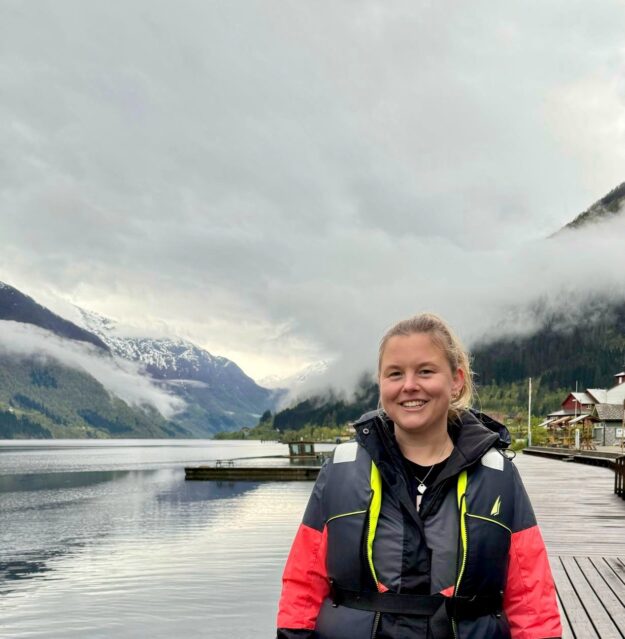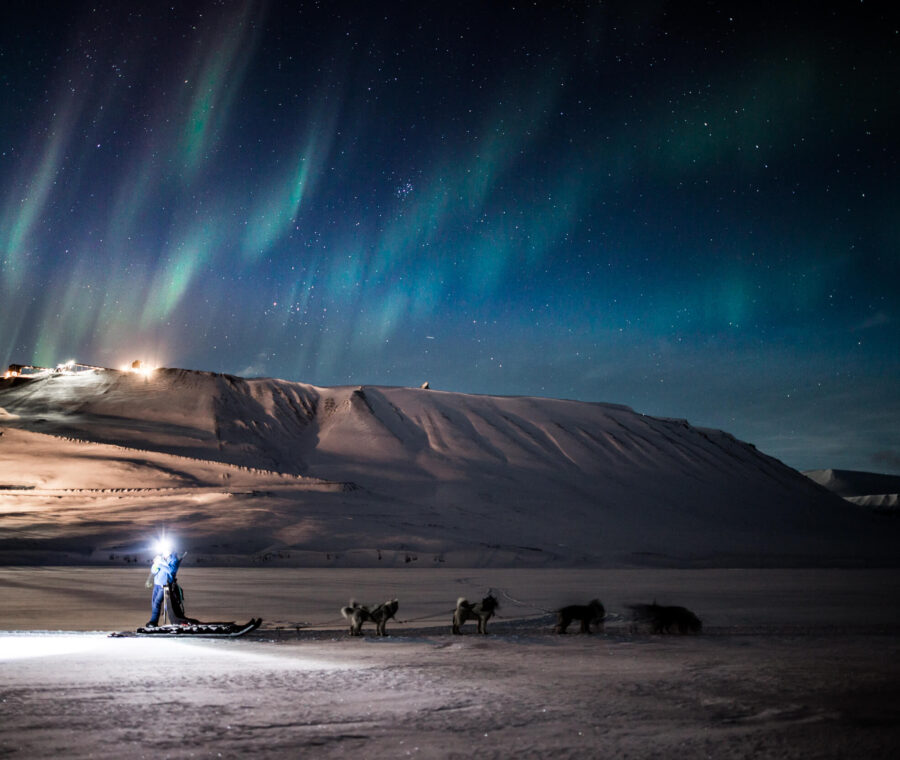Svalbard is one of the last true wildernesses on Earth and sits at 78 degrees North, below the North Pole.
Luxury Holidays in Svalbard
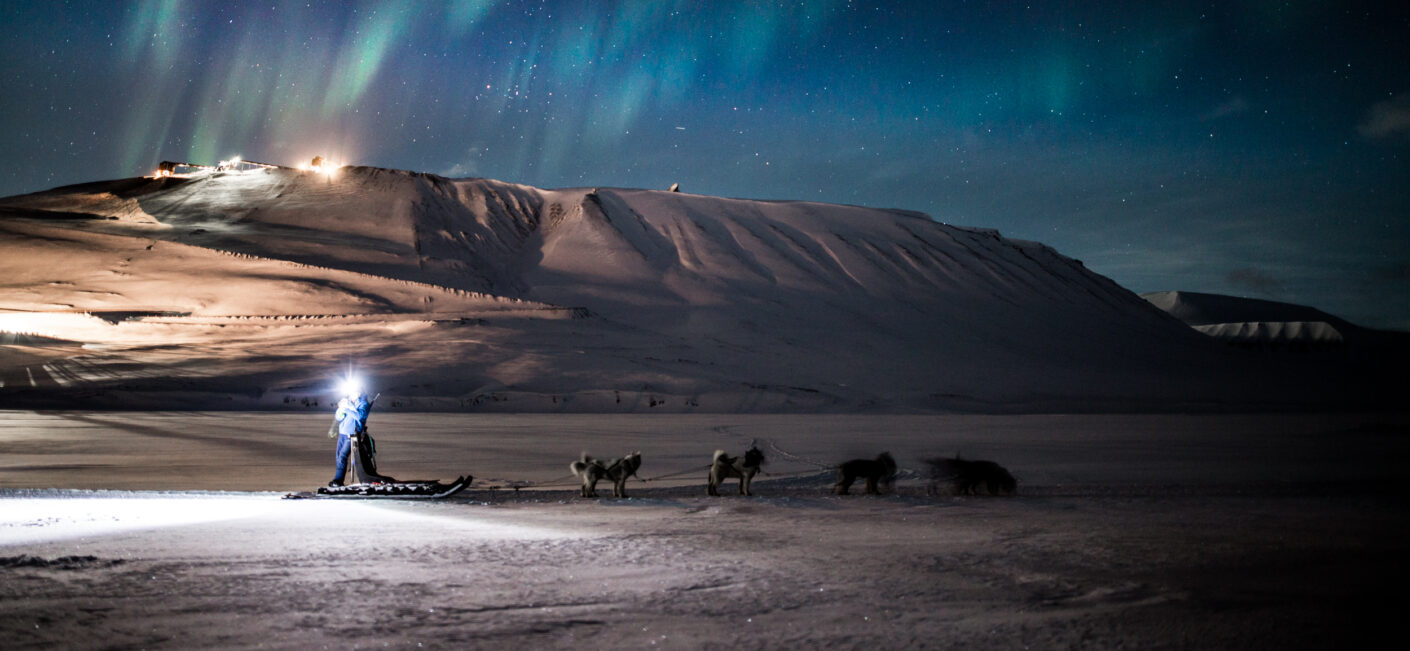
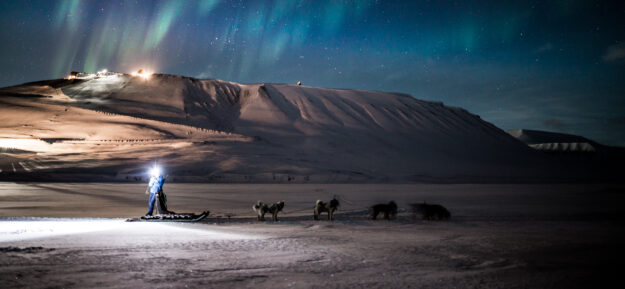
A word from our travel specialist
Welcome to the top of the world, where polar bears outnumber people, glaciers glow electric blue, and the silence is louder than words. Svalbard isn’t just remote, it’s next-level wild.
Think snowmobiles, ice caves, Northern Lights, and more Arctic wonder than your camera can handle. Then there’s the stillness, crisp, clean, and absolute. No noise, no crowds, just the quiet hum of the Arctic. It’s a rare kind of calm that you can’t experience anywhere else.
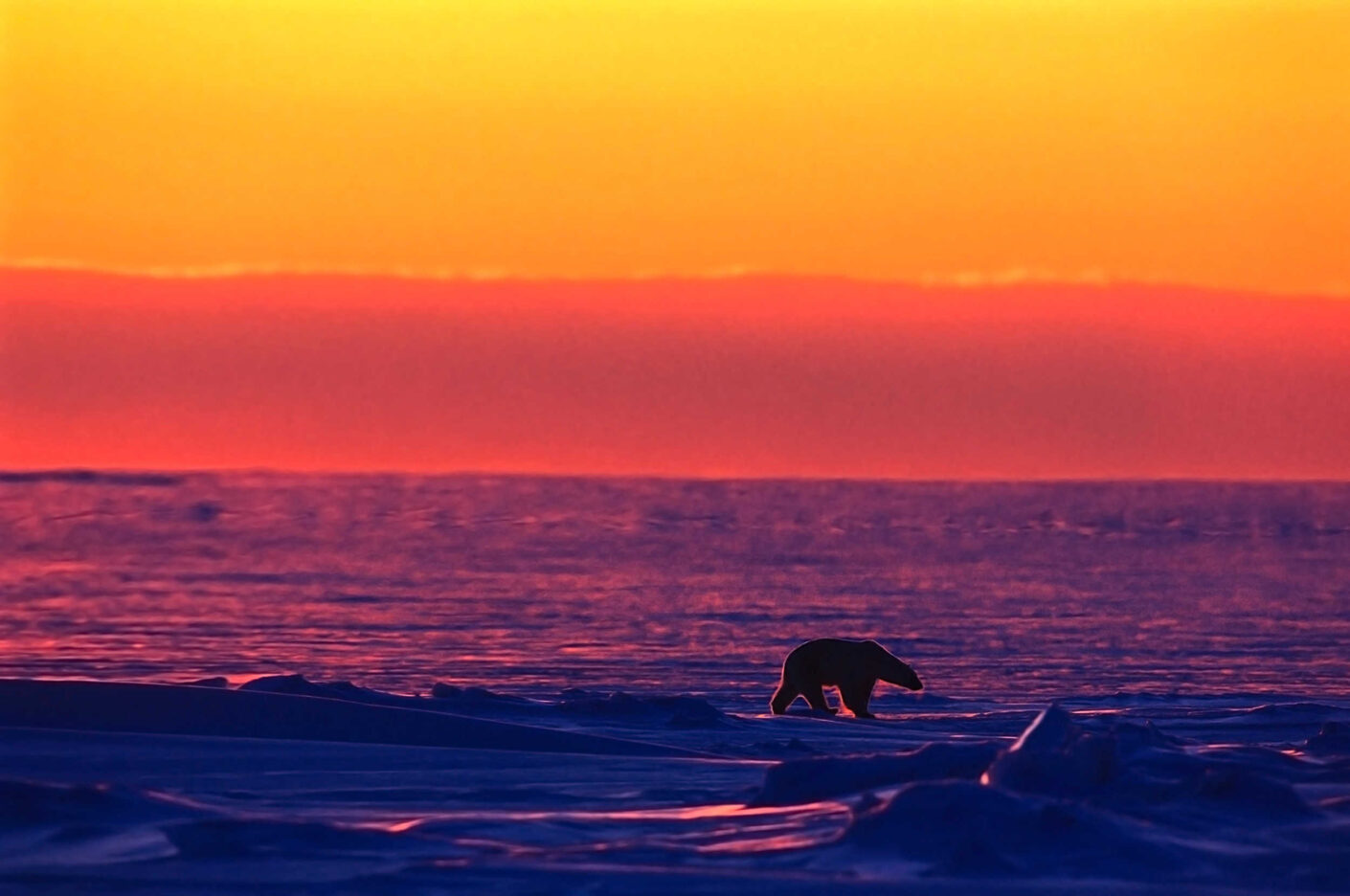
Svalbard, Designed Around You
Svalbard is a veritable gem in the Northern hemisphere. A place full of adventure and somewhere that feels totally unique. Longyearbyen, the capital, is a bustling town with plenty on offer despite the remote location and proximity to the North Pole.
There are 3 main seasons in Svalbard due to it’s position within the Arctic Circle – Polar Summer, Polar Winter and Sunny Winter.
The best time of year to visit Svalbard if you are a nature and wildlife lover who is keen to witness the ‘King of the Arctic’ – the Polar bear – is in the sunny summer months but if you are looking for a unique experience that is possible nowhere else in the world then you could travel to Svalbard during the winter to witness the Aurora 24 hours a day!
Tailor-Made Ways to Experience Svalbard
Embark on polar expeditions in Svalbard, visit historic outposts, or experience 24-hour daylight—crafted to your style of adventure.
Where to Stay: Handpicked for You
Remote and refined, our Svalbard stays include everything from expedition lodges to boutique hotels, each offering comfort amid the Arctic wilds.
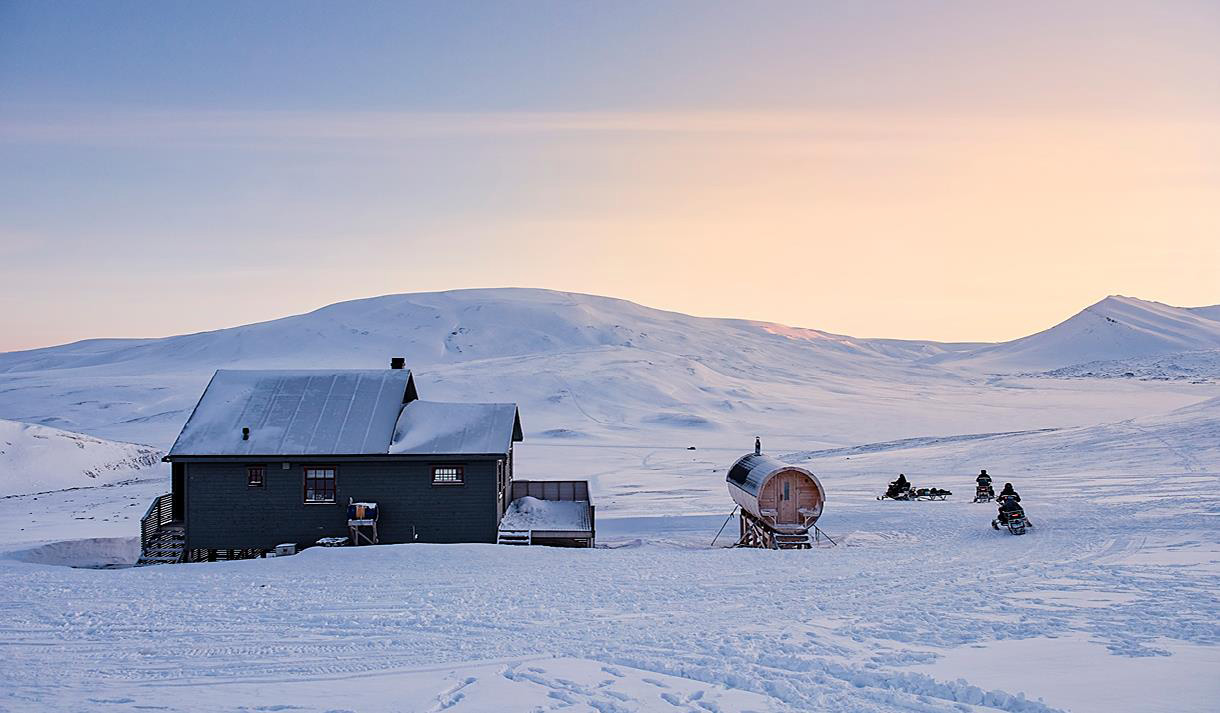
Juva Cabin
Experience the wilderness, with the spectacular landscape of Svalbard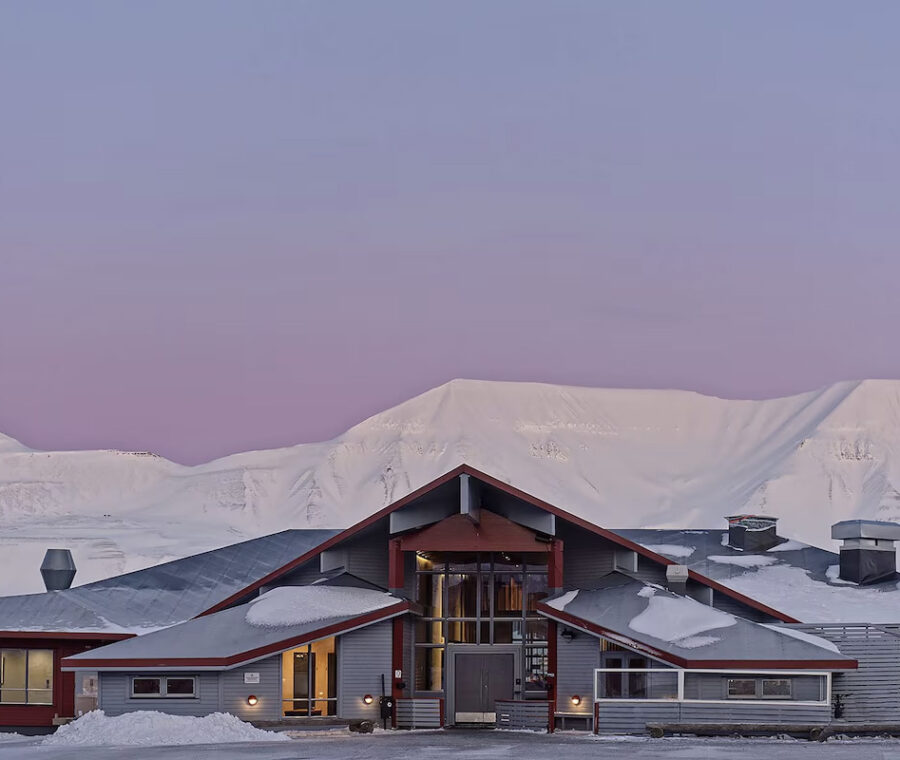
Radisson Blu Polar Hotel Spitsbergen, Longyearbyen
In the heart of Longyearbyen, majestic snowy peaks & glistening glaciers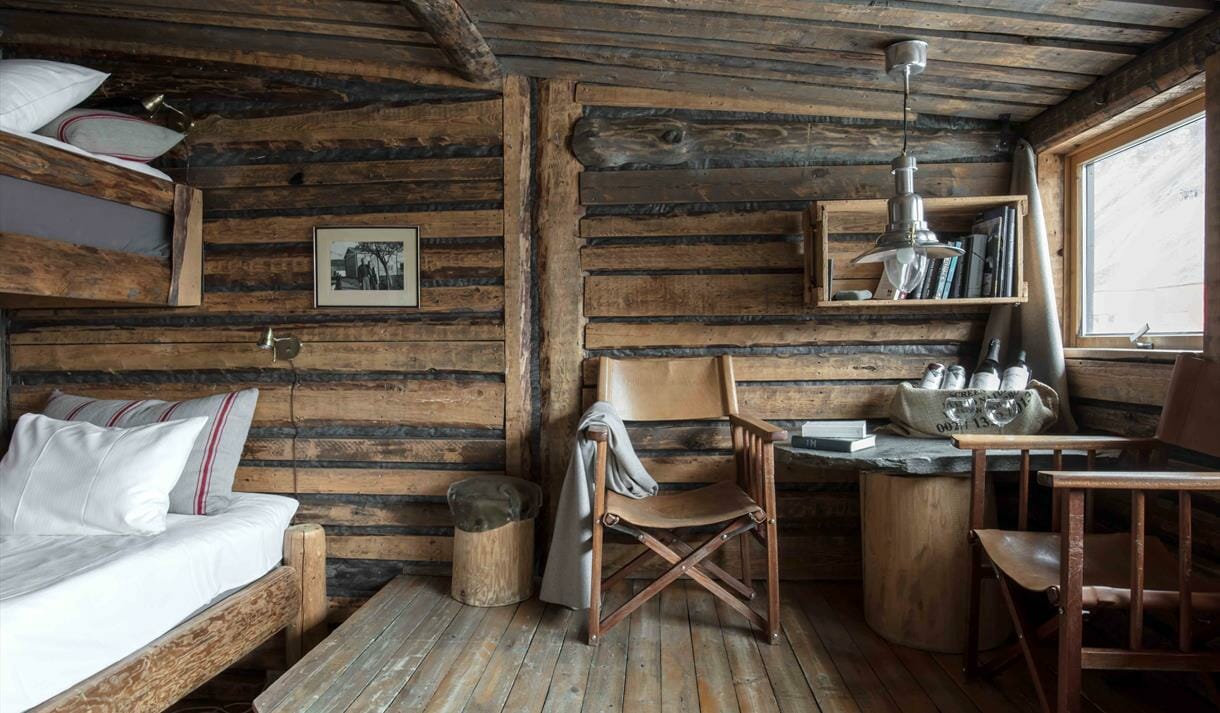
Basecamp Hotel
Steeped in Svalbard heritage, a taste Arctic life with raw-edge charm
Funken Lodge
At the top of the Arctic Circle on the Svalbard island of SpitsbergenThe Guidebook
Getting There
Flights with Norwegian Air and SAS run regularly (approx 3 times a week) from Oslo throughout the year. In peak season (March-August) the number of flights increases. There are also direct options on certain days from Tromso and the options from the UK are set to increase in the coming months making travel here even easier.
Climate
The climate in Svalbard is a direct result of it’s northerly lattitude – between 74 and 81 degrees North. It is sub-polar along the west coast but polar on the east where the temperature remains at zero even in the summer. The polar ice in the winter reaches the North and east coasts of the islands leaving the western coast free. There is a chance of wind throughout the year but it calms a little between June and August.
Geography
In inland areas there are some mountains that are snow-covered all year round, from which glaciers descend and flow to the sea. The highest peak, Newtontoppen, reaches 1,713 metres (5,620 feet). Skiing is possible in the Summer too. The northernmost tip of Svalbard is only 1000 kilometres (600 miles) away from the North Pole. Being well beyond the Arctic Circle, in Svalbard the sun never sets for a long period and from the 20th of April to the 25th of August it is the Midnight Sun. The Polar night by comparison is dark and the sun does not rise from late October to mid-February. The long polar night, however, can be lit by the Aurora Borealis!
Amy was a great help with planning this trip. Our trip turned out amazing. I also was very grateful for Off the Map’s Front Desk service, which promptly handled an on the spot issue we had.
I used OTMT to organise a holiday to see the Northern Lights for my partner’s 50th birthday. They took the time to understand my priorities, the kinds of places we like to stay and the things we like to do. They recommended a fabulous itinerary in Norway centred around the Lyngen Experience Lodge. The holiday itself lived up to expectations and I have no hesitation in recommending OTMT. They listened carefully during the planning and delivered the perfect present for my partner.
Off the Map Travel was great! Alex helped us plan the most amazing 10 day honeymoon to Iceland. He gave us great recommendations and was so patient with us during the planning process!
My family and I traveled to Sweden to see The Northern Lights in March of 2023. From the planning process to every detail of the trip, I could not have been more pleased with our experience. Alex was exceptional to work with. His guidance on the time of year, where to stay, activities to do and how to get to and from everything was spot on. I have never used a tour company before but thought a trip of this kind would be easier with some help. I am so glad that I did. The entire week was seamless and completely stress-free, allowing us to truly enjoy Sweden and our time together as a family. I will be recommending Off The Map travel to friends and family and will certainly be using them myself again in the future.
Well-organized trip to Norway and Svalbard with great accommodations and activities. Gwen was communicative and responsive to requests. Highly recommend!
Amy planned a fantastic trip! Everything was very well-thought out. All transfers went smoothly, accommodations were amazing, great restaurant recommendations and the tours were once-in-a-lifetime, can’t book it yourself off the internet experiences. The guides were all fantastic. Communications were prompt and everything worked exactly the way it was supposed to. What a pleasure! Already working on our next trip.
We originally hired Off the Map Travel in 2020 to set up a trip to see the Northern Lights. That didn’t happen, thanks to COVID. But, we persisted and in March of 2023, we took a 16-day trip that included both Iceland and Norway. IT WAS MAGICAL! Off the Map took care of everything! We were pampered at every stage of our trip. The people they hired and the activities they planned added up to a trip that will set the standard for any we’ll ever take in the future. Alex and his team were fabulous! We recommend them without restraint!
Exceptional service throughout the entire planning and booking process – travel agencies don’t get any better than this. A brilliant, seamless experience matched by the holiday experience itself. Would recommend ‘Off the Map Travel’ to anyone considering booking for a Nordic experience ‘par excellence’.
I would thoroughly recommend this company. Their planning and advice was spot on. Alex responded to my calls and emails very promptly. I will definitely use them again for future trips.
The best travel experience ever on every level you can think of during a Lapland expedition (food, activities, timings, accommodation, transport, service, equipment…). I highly recommend Off The Map Travel for their outstanding level of professionalism and detail oriented mindset!
Fantastic trip to Svalbard which delivered the true Arctic experience we were hoping for. The hotels were excellent and the activities – dog sledding and snowmobile expedition were lead by first class guides.
Top tip! The champagne tasting in the world’s most northerly wine cellar in the exceptional Funken Lodge is not to be missed!
